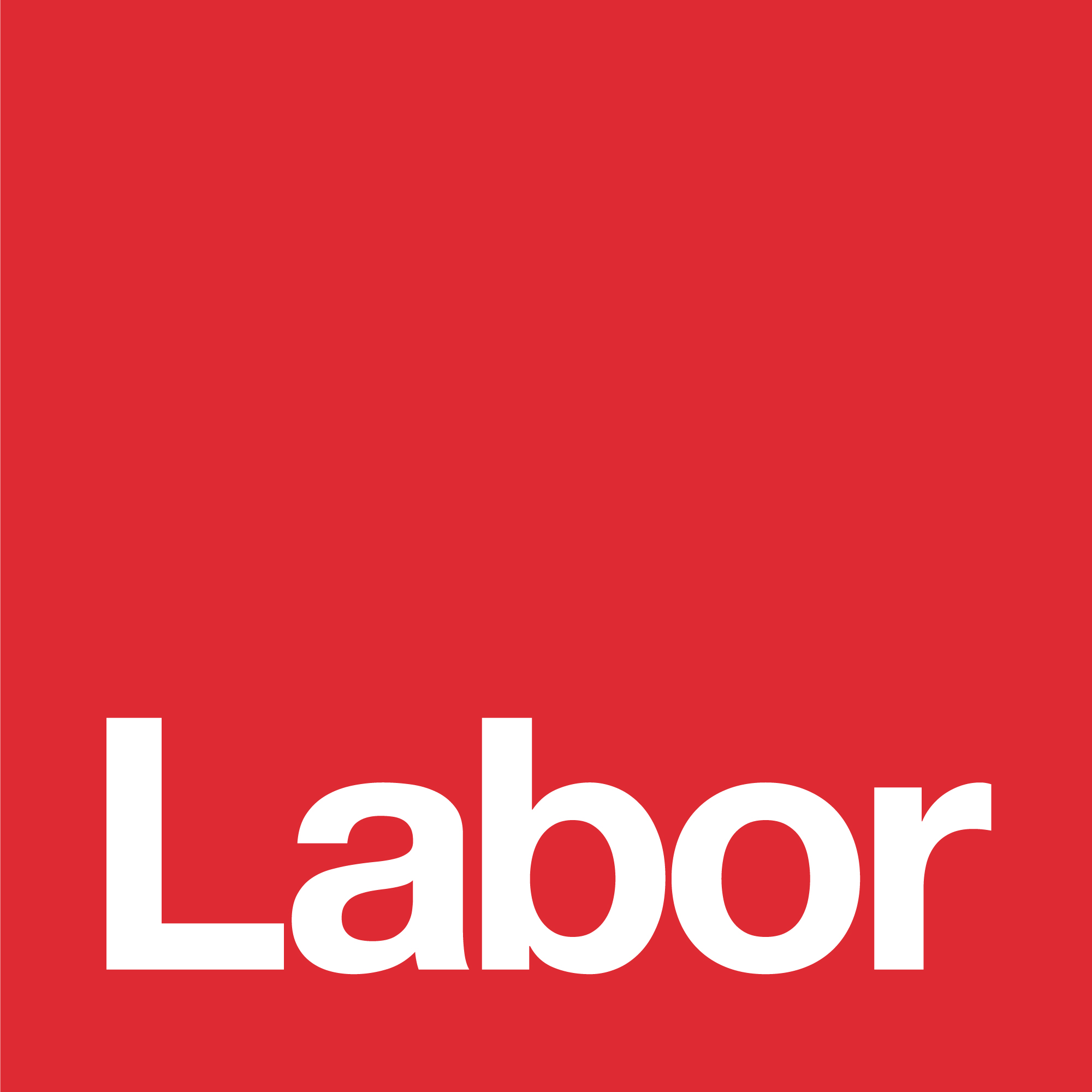On Wednesday lunchtimes at Altona Primary, it’s not just the basketball court or the cricket pitch which is the place for students to be. It’s the library, where kids in grades four, five and six crowd around and enthusiastically learn the basics of how to give instructions to a computer – coding.
The students attend not only because they enjoy designing video games, and building robots and their own computers, but because they know how important these skills are for their future. As a nine-year-old explained to one of us, he was learning coding not because he wanted to be a computer scientist, but because he wanted to be an architect.
This kid is lucky. He’s at a school with a passionate IT teacher and a school community that understands how important these skills are. Unfortunately, the failure of the majority of Australian policy makers to recognise what the geeks call “computational thinking” as a fundamental literacy in the 21st century is letting down the bulk of our other students.
Over the past few decades, we’ve seen the impact that computers and automation have had on manufacturing. Workers in manufacturing have felt these changes most keenly. Robotic hands, not human ones, now fasten the lids on our beer bottles and spray paint our cars.
Advances in computer processing power and internet connectivity mean that our service sector is affected in the same way. Travel agents, bankers, sales assistants and even doctors and lawyers are seeing the tasks they used to perform replaced by programs and machines which do their jobs faster, cheaper and sometimes more accurately.
The scale of this challenge is enormous. Economists Carl Benedikt Frey and Michael Osbourne predict that in the US, 47% of existing jobs are under threat from automation.
These trends threaten to hollow out our employment market, nowhere more so than in communities like the ones we represent in Melbourne’s west and south of Brisbane in Logan.
Unchecked, automation will destroy many skilled, middle-income jobs and push more of the middle class into insecure, unskilled work. The winners out of these changes will be those who are able to use machines to advance and enhance their skill sets.
It’s a result with a worrying social aspect, with the possibility of the workforce being divided between “those who are good at working with intelligent machines, and those who are replaced by them” – the grim world that economist Tyler Cowen has described.
Our only defence if we are to ensure the gains of technology reach the majority of Australians rather than the narrow few is for all workers to be equipped with the tools to succeed in what Nouriel Roubini and others describe as the “skills-biased” jobs of the future.
It’s here that our business and political leaders must step in to ensure that young people learn the skills that will one day be a necessity. In an age where kids can use iPads before they can read books, it’s never too soon to teach kids to be technologically literate.
But it’s more than being able to interact with the remarkable microcomputers in our everyday lives, it’s about having the knowhow and the confidence to look beyond the shiny applications and to the code beneath: about using technology to create from the ground up, not just consume.
More of our schools’ curricula should be devoted to this kind of knowledge. It’s not just student’s technical skills that benefit from this type of learning. The spillover is that students develop better ways to approach and think about problems, which is just as valuable as the technical skills themselves.
Jeanette Wing, vice president of Microsoft research and pioneer of computational thinking – the ability to break a problem down and express the solution in a form that a computer can understand and evaluate – sees it as a skill as important as reading, writing and arithmetic, and one that will be embraced by everyone by the middle of the 21st century.
This type of thinking will be embraced not only for its computer science applications, but because the abilities to abstract, compartmentalise and synthesise can be transferred to any domain.
Over 80 million hours of coding were logged during computer science education week last week through the hour of code challenge. The organisers of this global computer science movement have challenged students to spend an hour playing around with computer programming, and boldly claim that in an hour, anybody is able to learn the basics.
Anyone can take a break from their Christmas shopping to try it. Like the students at Altona Primary, you may just find it leads to problem-solving skills, computational thinking and creativity that will be vital in the years and decades ahead.


